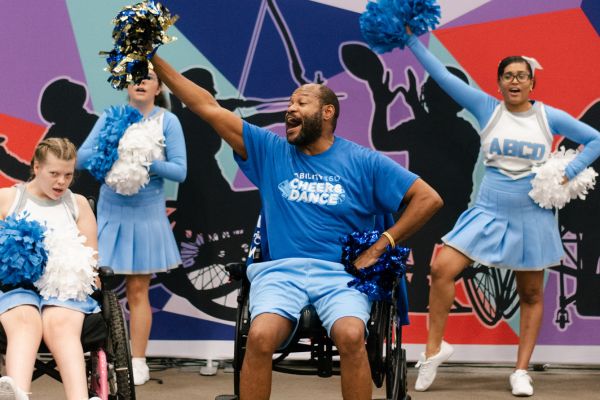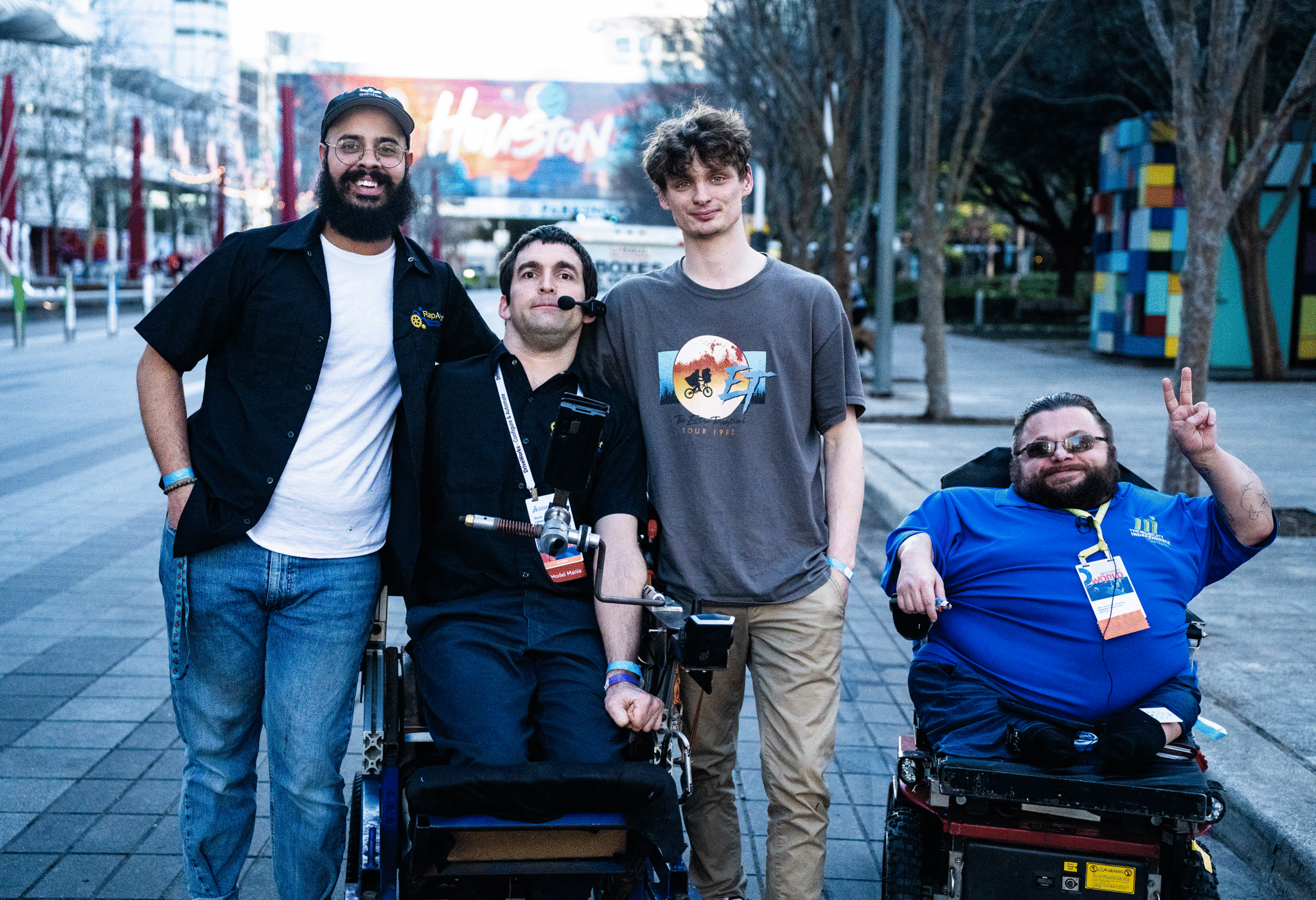Geekdom has taken the world by storm lately. Superhero movies have been blockbuster staples since Marvel’s Iron Man in 2008. Of course, for hardcore fans, this is the golden age. One where dressing up in costumes has evolved into an art form known as cosplaying. Cosplayers, those who fearlessly wear their fandoms on their sleeves, come in all different sizes and abilities.
Cosplayers Treat Disability as Greatest Superpower
Diagnosed with Cerebral Palsy at the age of two, Kirsten uses her wheelchair as the base for her Doctor Who inspired shell. Kaitlin Thompson, Kirsten’s cousin, also cosplays as an anthropomorphized TARDIS, the Doctor’s Time-Traveling Police Box. In 2014, they co-founded CosAbility – Cosplaying with Disabilities. Together, the two host workshops nationwide. These classes point out characters with special needs that exist throughout media and pop culture while demonstrating how to incorporate all types of medical equipment from wheelchairs to feeding tubes into one’s costume. CosAbility encourages people to see their disability as their greatest super power.

This spring, CosAbility is taking it to the Big Apple! They are hosting Abilities Expo New York Metro’s first ever cosplay competition! They are asking any cosplayers in the New York/New Jersey area to participate and show everyone how amazing and accepting the costuming community is! Contact CosAbility at CosAbility.com. You can also check them out on the CosAbility Facebook page too!






